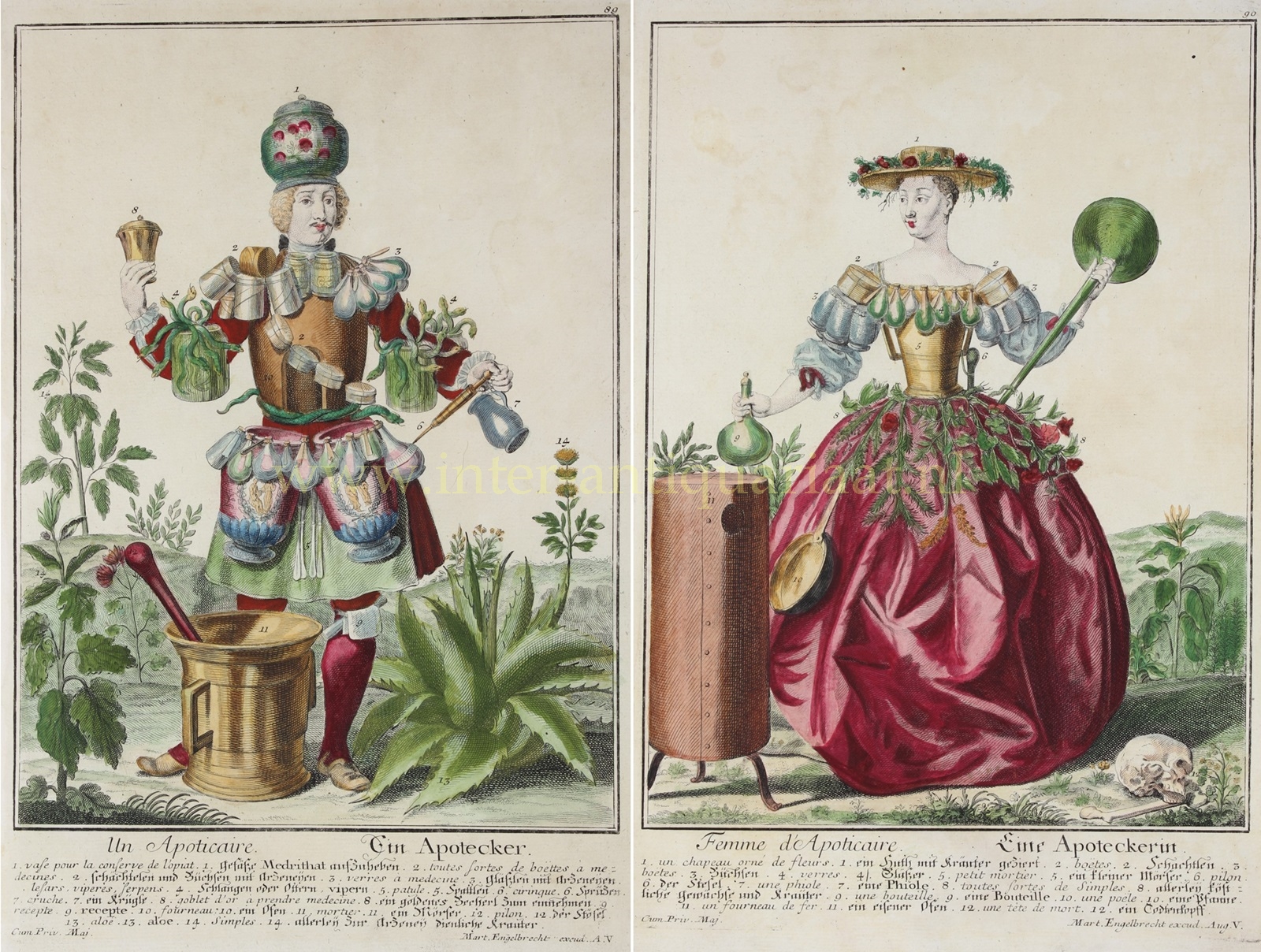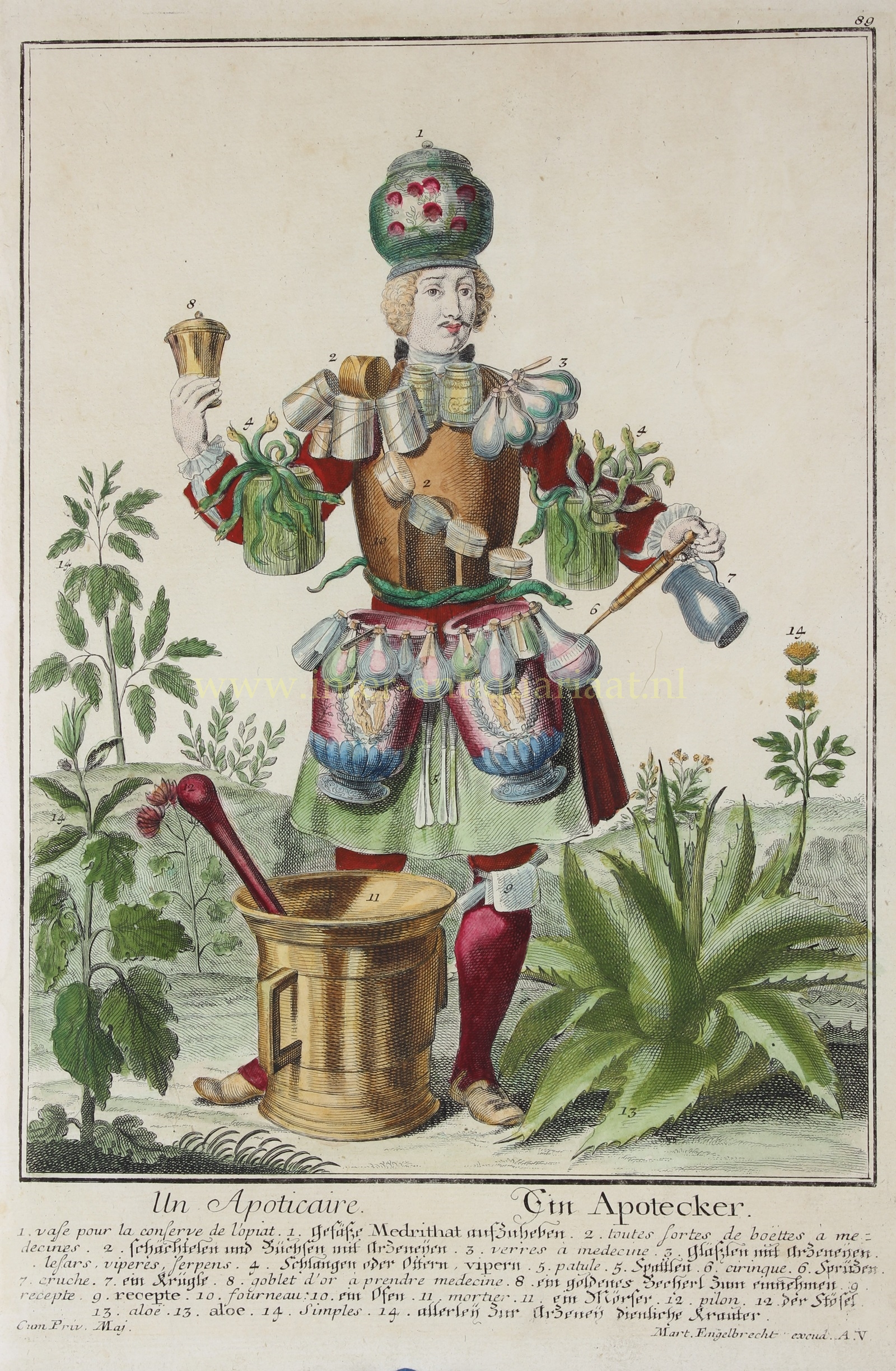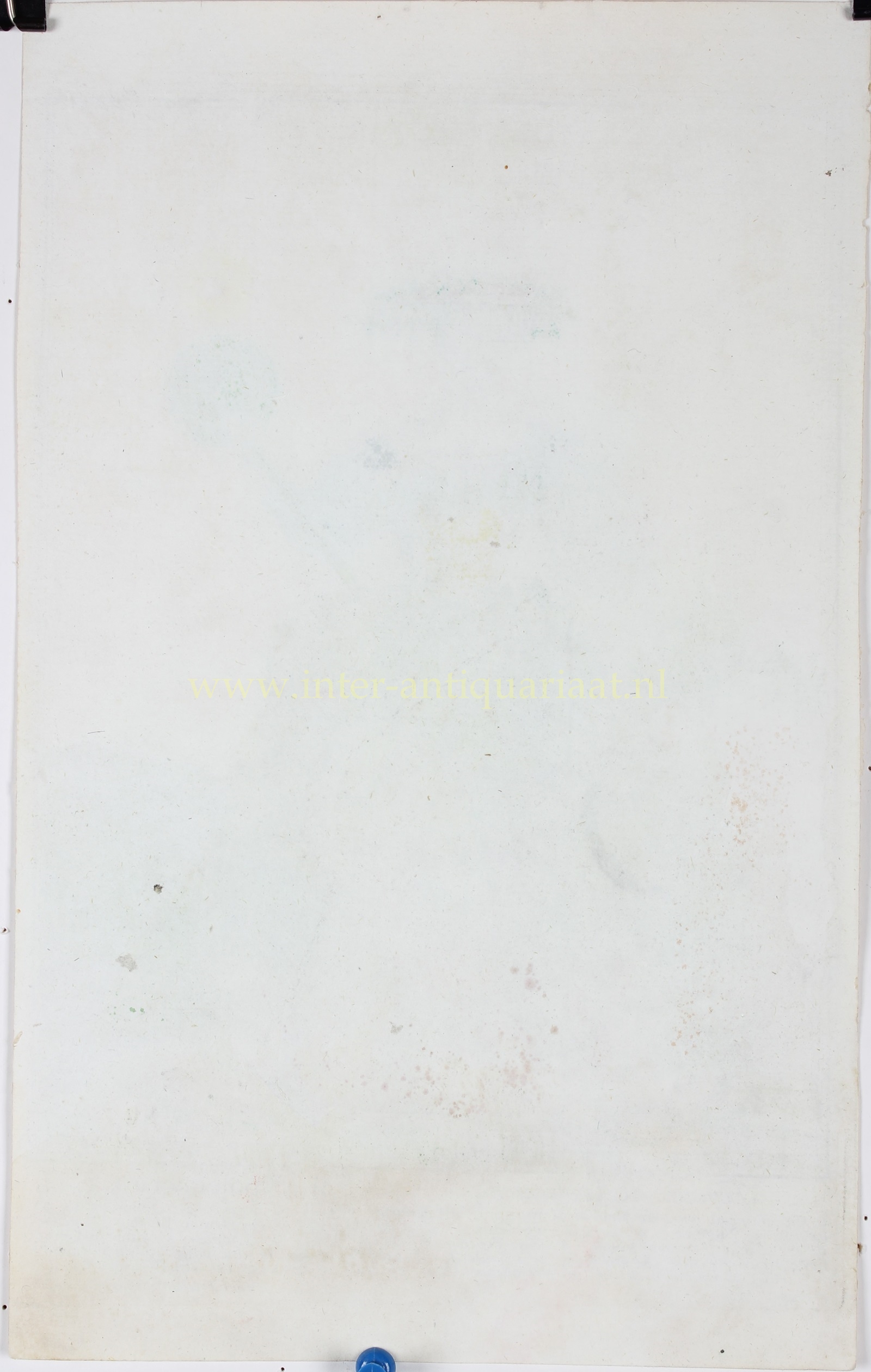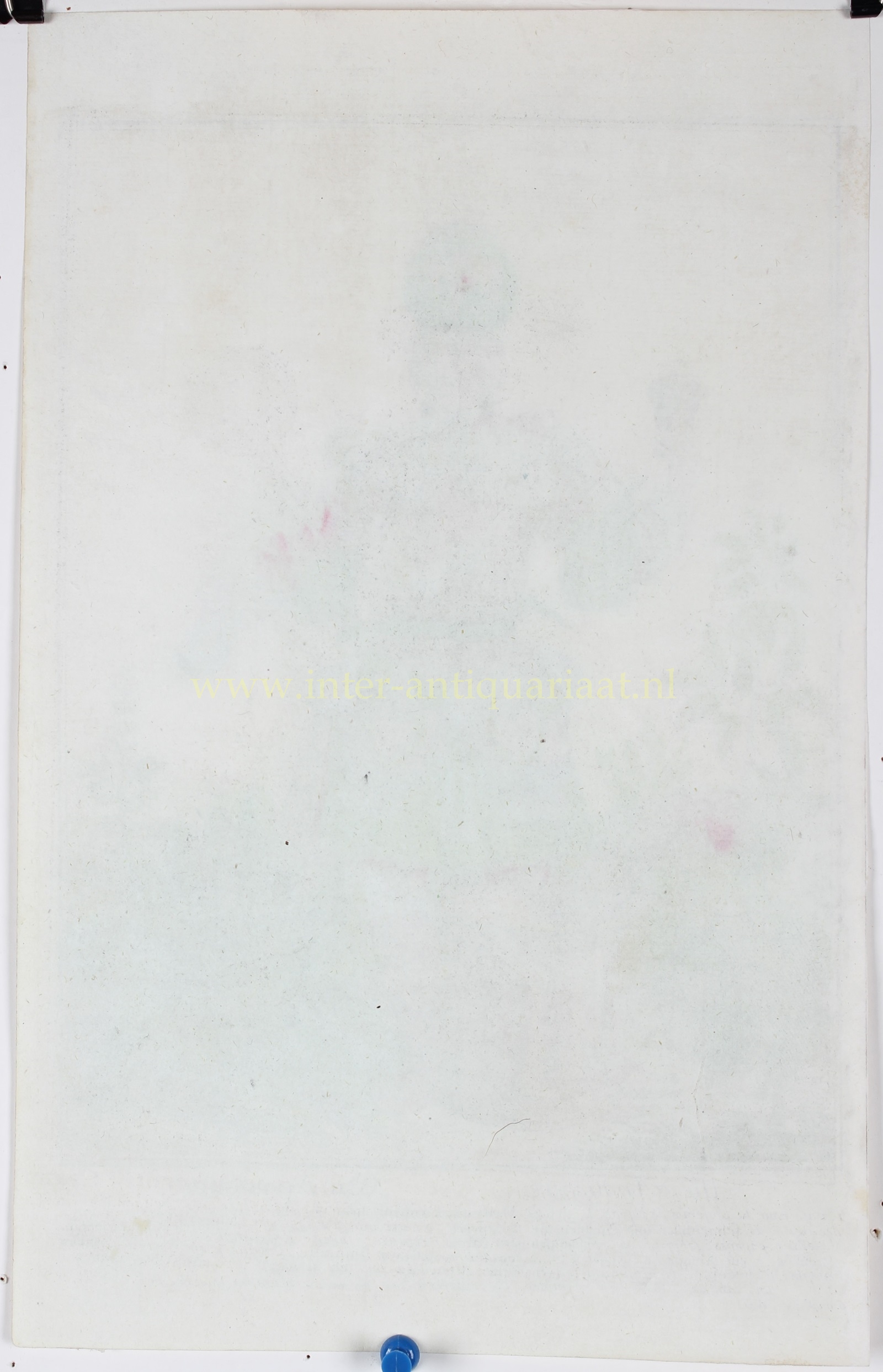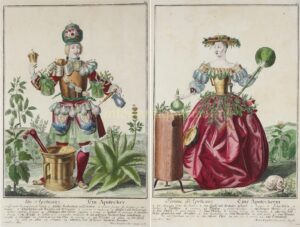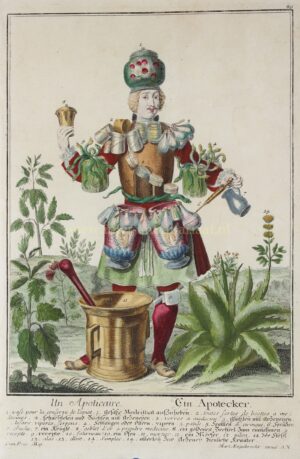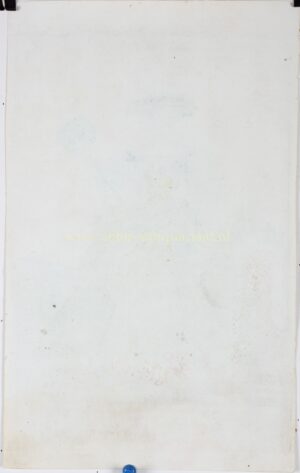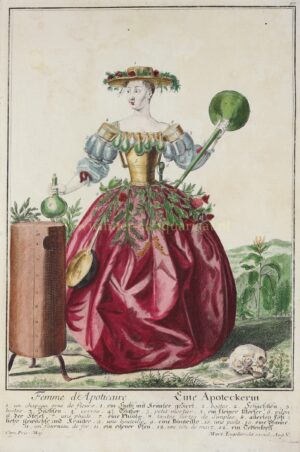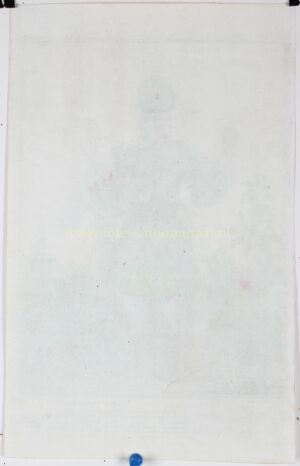„Un Apoticaire – Ein Apotecker” and „Femme d’Apoticaire – Eine Apotheckerin“ [apothecary and apothecary’s wife]. Copper engravings published by Martin Engelbrecht in Augsburg around 1730 as part of “L’assemblage nouveau des manouvries habilles: neu-eröffnete Sammlung der mit ihren eigenen Arbeiten und Werkzeugen eingekleideten Künstlern, Handwerkern und Professionen“ [new assembly of dressed labourers: new collection of artists, craftsmen and professions dressed with their own work and tools. Original hand colouring with later additions. Size (each) 37,5 x 23 cm.
The apothecary carries a variety of tools and cans, boxes, and bottles of medicines. On his head is a large pot to store the opiate mithridate, a kind of antidote or counterpoison. (Derived from king Mithridates VI of Pontus, who was known for his attempts to protect himself from poisoning by regularly ingesting small amounts of poisonous substances.) He also has snakes, adders and vipers with him, from which both oil was extracted (a kind of panacea against, among other things, rheumatism), as well as the venom, which was used in medicinal preparations.
In front of him is a large mortar with a pestle, for compounding medicines.
Next to the pharmacist is the Aloe vera plant, whose gel was used as a hemostatic and healing agent for cuts, scrapes, insect bites, and rashes.
The second engraving shows the apothecary’s wife with details emphasizing her profession. Her hat is decorated with herbs, and her waist is in the shape of a mortar. She carries various boxes, cans, and small bottles filled with medicinal ingredients. In her hands, she holds a large glass phial and a bottle, symbols of her role in mixing and compounding medicines.
Around her waist hang various herbs and plants. Next to her is a pan, ready to be heated on the stove for preparing medicines. On the ground lies a skull, a symbol of death and the mortality that were always present in the pharmacist’s profession.
Price: Euro 2.150,- (pair, incl. frames)


